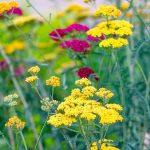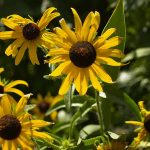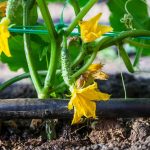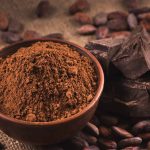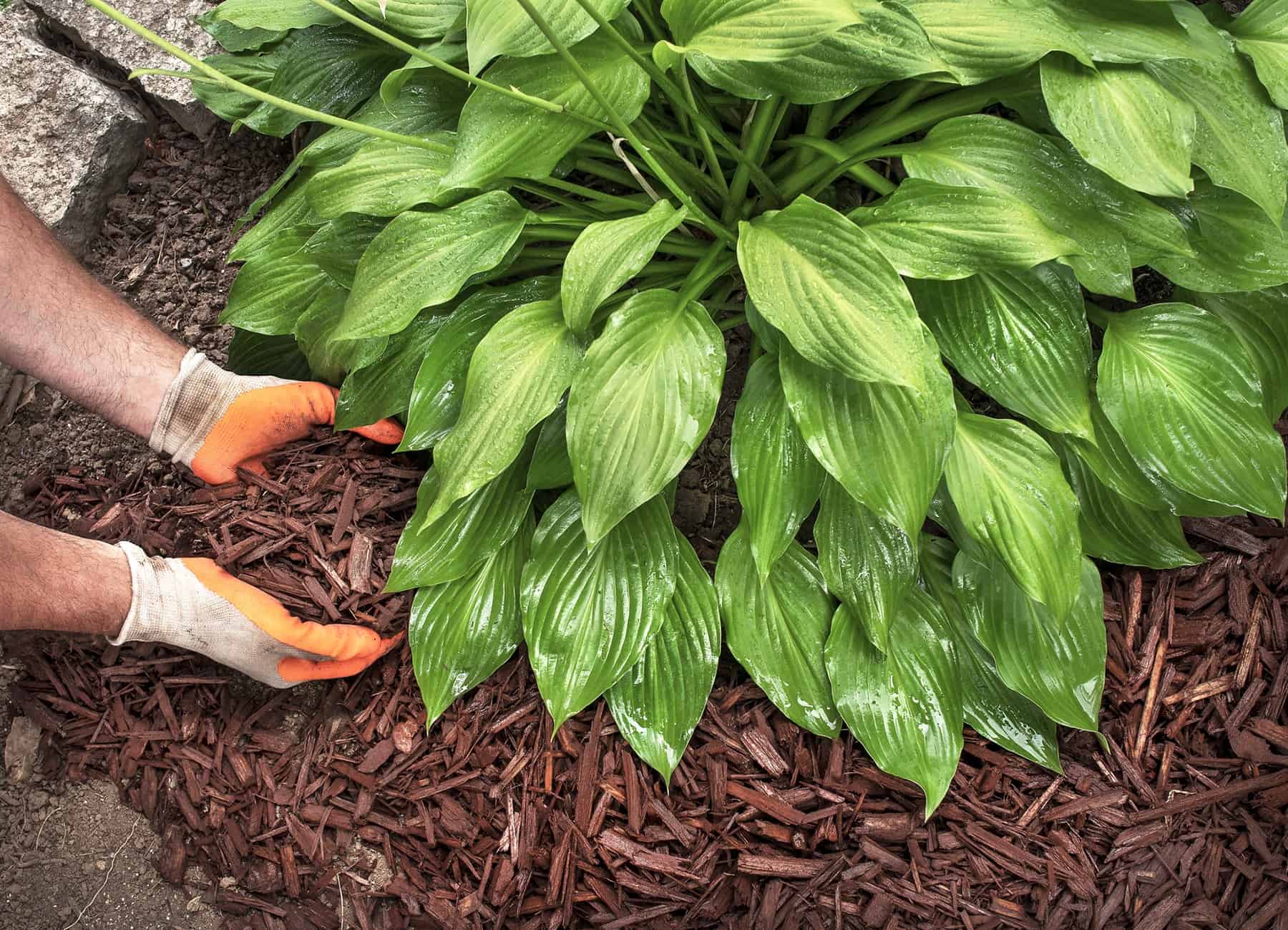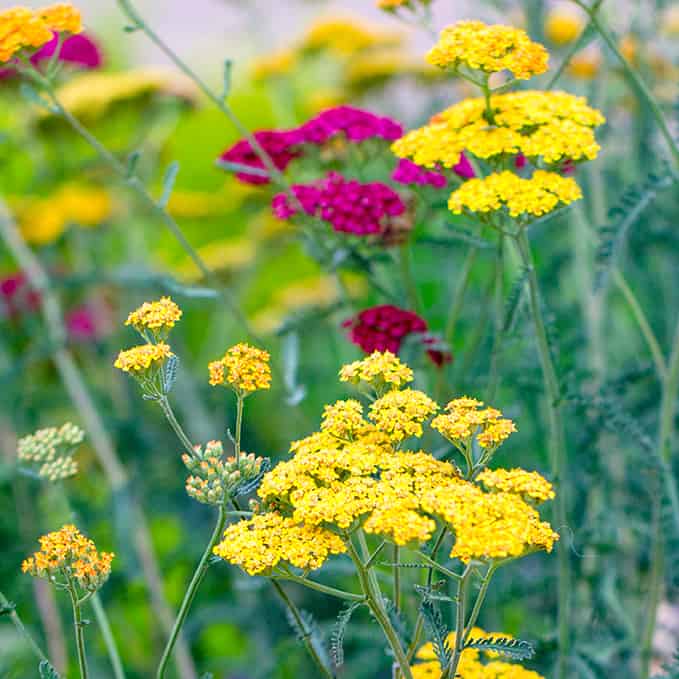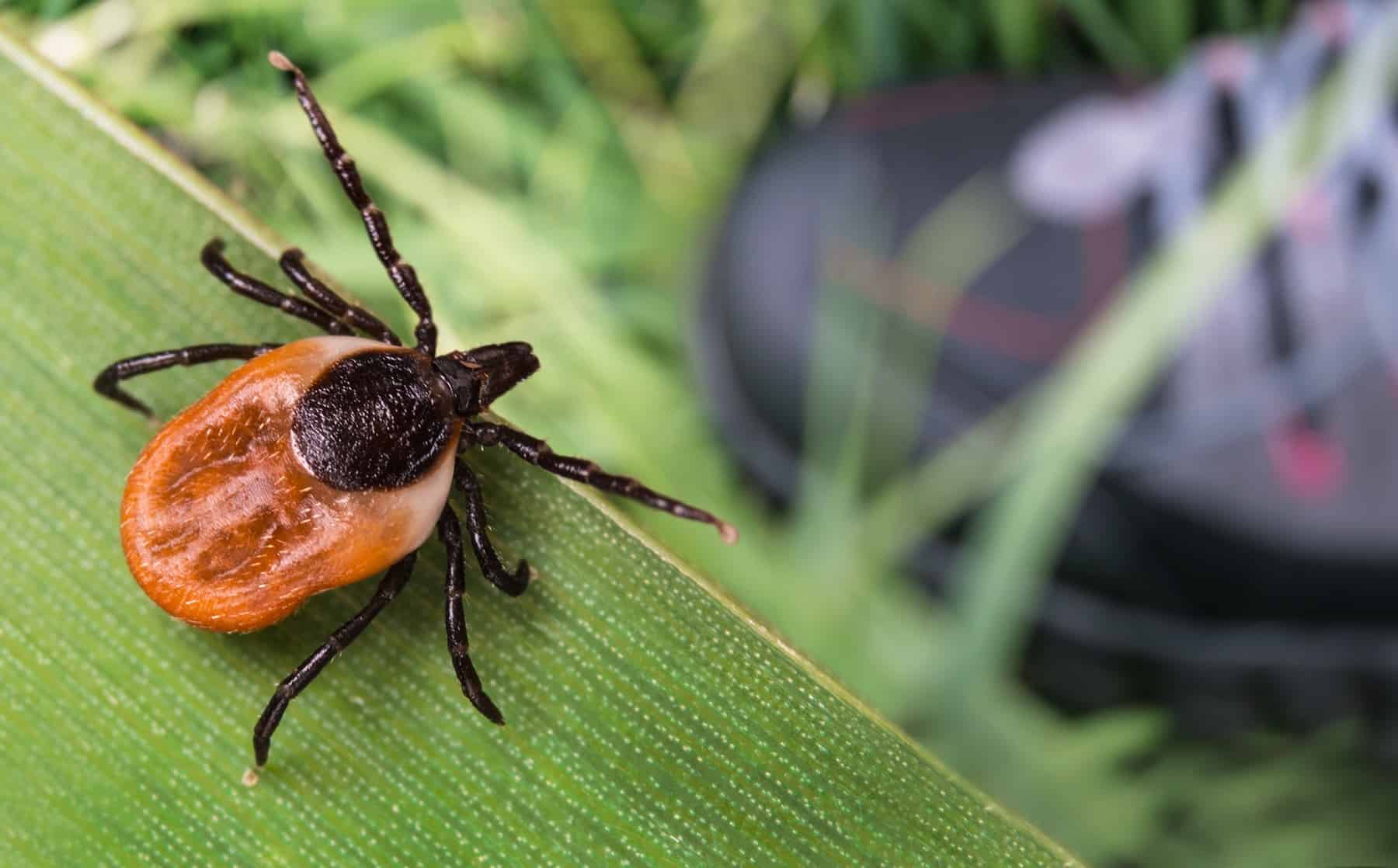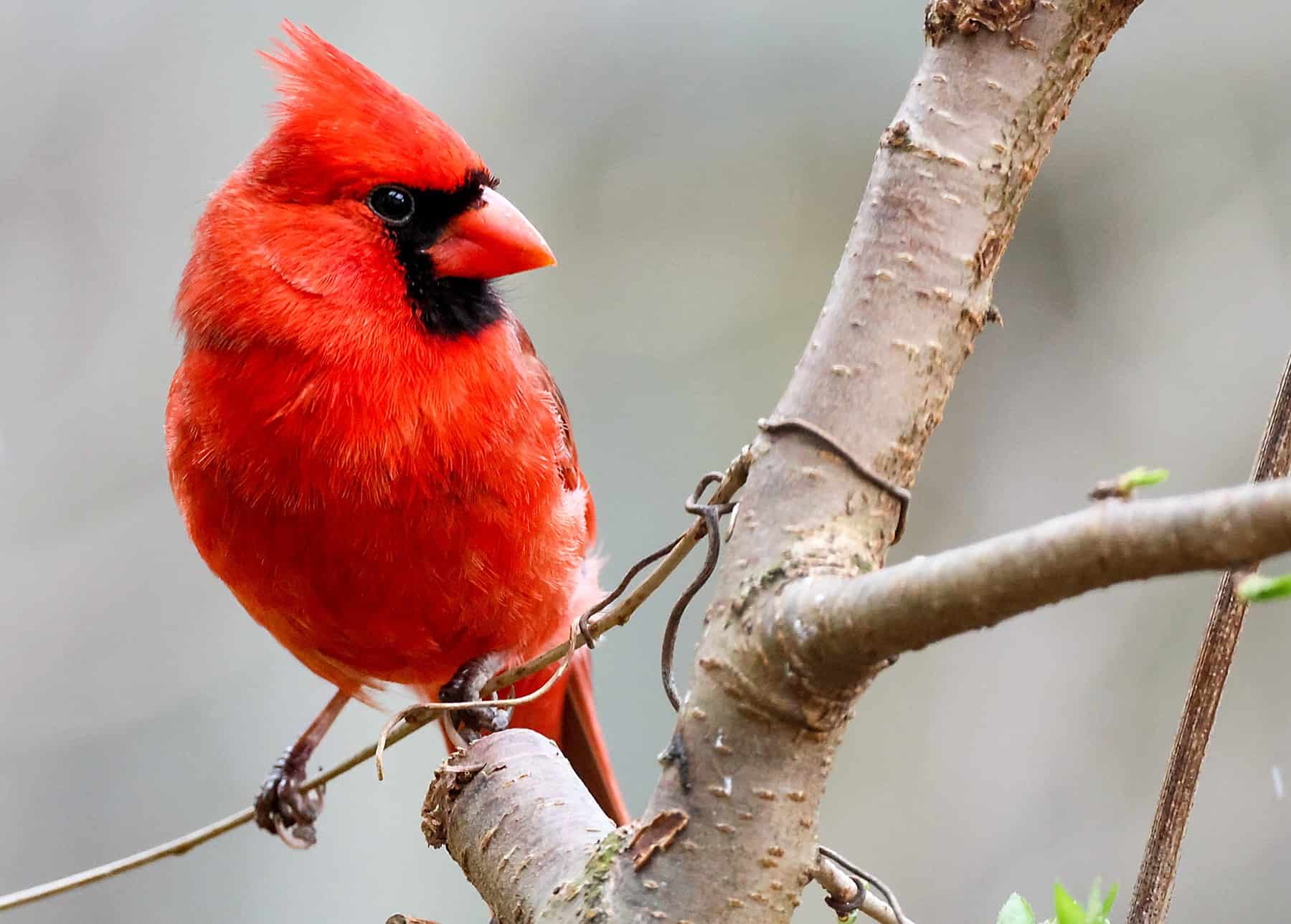[ad_1]
Mulching is without doubt one of the commonest gardening practices, but so many landscapers and gardeners do all of it fallacious.
You may not assume there could possibly be a “fallacious approach” to mulch, however there undoubtedly is. Mulch not solely beautifies your backyard and suppresses weeds, it additionally interacts with the soil and serves as a house for helpful bugs and organisms. When carried out accurately, it helps to construct and shield soil and assist crops.
What mulch does in your backyard (moreover make it look fairly).
While you apply a wood-based mulch reminiscent of pine bark, cedar chips, or wooden chips to your backyard beds (no panorama cloth beneath!), the mulch interacts with the soil. It promotes gasoline alternate on the floor and slows and aids water penetration, which reduces erosion. Mulch additionally slows evaporation and reduces soil compaction, as foot visitors doesn’t come into direct contact with the soil. Over quite a few seasons, the wooden mulch slowly breaks down with the assistance of fungi on the soil floor, offering a sort of composting.
However not like composting, the breakdown of mulch is much like how new soil is made in a forest. In woodlands, wooden and leaves that fall from bushes and crops sit on the soil floor and really slowly deteriorate. Whereas doing so, this so-called duff layer helps the various ecosystem close to the soil’s floor and ultimately turns into the humic acids that feed crops. And it’s the identical in your backyard – consider mulch as future soil.
Mulch isn’t just for adornment
Sadly, many owners view mulch as strictly ornamental and that’s why inorganic merchandise like dyed, shredded rubber “mulch” proliferate. These merchandise do little to assist your backyard or its crops, and a few may even turn out to be an environmental hazard. Inorganic mulches like rubber by no means utterly break down and ultimately have to be faraway from gardens and shipped to a landfill. That’s clearly not nice for the ecosystem (this doesn’t embrace inorganic mulches like stone – see beneath).
Mulch volcanoes could kill your bushes.
Simply say no to mulch volcanoes! Inexperienced landscapers are infamous for this tree-killing observe. Not solely does piling mulch across the base of a tree promote bark decay, but it surely additionally makes a high-quality dwelling for mice, voles, and different small rodents. If that wasn’t purpose sufficient to cease making mulch volcanoes, the tree’s roots will develop into the mulch, which suggests you’ll have roots rising above the soil line. That is very, very unhealthy for the tree’s long-term well being and should kill it.
Mulch ought to at all times be a number of inches away from the tree trunk and by no means up towards it, a lot much less overlaying the bottom of the tree. Mulch isn’t wanted after the primary season when the tree has taken root, and after that time it’s strictly ornamental. And don’t fear about grass rising below a tree – it won’t intervene with the tree’s uptake of moisture and vitamins. Tree roots develop deep within the soil, far beneath the grasses roots.
How mulch controls weeds and helps soil.
- Mulch blocks the daylight that weed seeds have to germinate.
- Mulch acts as a barrier that makes it tough for germinated weeds seeds to turn out to be an precise weed.
- Mulches assist to cut back soil compaction, because you step on the mulch and never the soil.
- Mulch captures water extra effectively than naked soil and reduces runoff.
- Mulch reduces evaporation from the soil by as a lot as 35%.
- Mulch buffers and stabilizes soil temperature – it retains soil cool in the summertime and protects it from deep freezes and frost heaves in winter.
- Mulch alone can start to construct soil in as few as 3 years in areas with no topsoil (like some city settings or latest building websites).
What supplies make one of the best mulch?
Are gravel and rocks thought-about mulch?
Stones, gravel, and different small rocks can be utilized as mulch, however are inorganic, so that they gained’t break down and contribute to constructing new soil. Nevertheless, they do reasonable water evaporation and soil loss, and may also help retard wildfires close to your own home, so that they undoubtedly have their place.
- Small stones stacked at the least 1″ deep are glorious for weed suppression.
- In arid areas susceptible to wildfires, stones and gravel are the advisable mulch on the edges of houses, as they gained’t combust when fireplace approaches the home.
- In temperate areas, stones, rocks, and gravel can be utilized decoratively as edging in a backyard mattress, round downspouts to sluggish storm water runoff and management erosion, in gravel drains, on walkways, or in areas that see heavy foot visitors or equipment (reminiscent of areas round outside central air-con models).
- Should you use stones round crops, remember that some mixes include limestone which can alter the soil pH and should trigger rising issues with some crops.
Any stone used for mulch must be smaller than a half-inch in diameter for the advantages of water conservation and weed suppression. Bigger stone sizes don’t perform nicely as mulches however could present panorama curiosity. Pea gravel has been proven to enhance water infiltration into the soil, particularly in brief, intense occasions like thunderstorms. Gravel mulch transfers extra warmth to underlying soil than wooden chip mulch. This will likely serve to maintain panorama crops in higher total well being in cold-winter temperate climates like ours. Gravel mulch’s warming impact can improve organic exercise down to at least one foot beneath floor throughout chilly months and end in extra vigorous crops. It may well additionally switch warmth to buildings and utilities or trigger some tender crops to start rising too early within the spring.
What shouldn’t I take advantage of for mulch?
Panorama cloth (weed obstacles), plastic sheeting, shredded and dyed rubber tires (or any rubber product), or something that’s not natural (moreover stone) ought to by no means be used as a mulch. If it’s natural it’s going to break down and assist to construct soil. If not (like rubber), it’s going to simply lay there and ultimately you’ll should ship it off to a landfill.
Learn how to mulch the fitting approach.
Mulching perennial backyard beds.
Earlier than mulching your backyard beds, add a 2-3″ layer of compost to feed your crops over the season. Then, add 1-2″ of mulch.
Mulch with huge chips is nice for walkways, as a result of it doesn’t break down shortly. In backyard beds, use a finely shredded mulch like triple floor wooden mulch. Additionally, select one thing brown in shade, in order that it blends in with the soil – hold the concentrate on the crops, not in between them.
In perennial beds, watch out along with your timing. When you have flowers that reseed yearly, don’t cowl your beds with mulch too early or these seeds won’t ever germinate. The identical goes for crops that develop from bulbs. Wait till the crops have grown a number of inches after which mulch. You additionally need to wait till perennials that die again in winter emerge from dormancy and begin rising. Should you cowl the crowns with mulch, there’s a great likelihood they’ll rot.
Let the leaves lay. Some landscapers take away fallen leaves and twigs and different yard waste with a leaf blower earlier than mulching. Don’t allow them to do it. Go away small plant particles and disease-free leaves in place and canopy them with mulch – it’s going to help in decomposition and assist organisms on the soil floor. All of this helps to construct new soil.
Does mulching have an effect on floor nesting bees?
Most species of native bees nest in your backyard soil. However you’d by no means understand it, as a result of they arrive and go so shortly and hold to themselves.
When mulching, please depart some naked areas on the fringe of your beds, or depart a complete mattress mulch-free, as these bees can’t burrow (or gained’t) below the mulch. An awesome various to mulching is to make use of native groundcovers that assist pollinators and remove the necessity for mulch.
Mulching vegetable backyard beds.
It’s okay to make use of a finely shredded wooden mulch in vegetable backyard beds – it’s really excellent for suppressing sure fungal ailments. And naturally, use the massive chips in walkways between your raised beds or in between rows in flat earth gardens. Additionally high-quality to make use of are straw, shredded leaves, and untreated (no pesticides) grass clippings. Don’t use hay like I did one 12 months – I used to be pulling weeds in my veggie beds for about 4 years after that mistake.
Keep in mind that the crops are the main target, not the mulch. Mulch is a good pal to gardeners when used accurately.
[ad_2]
